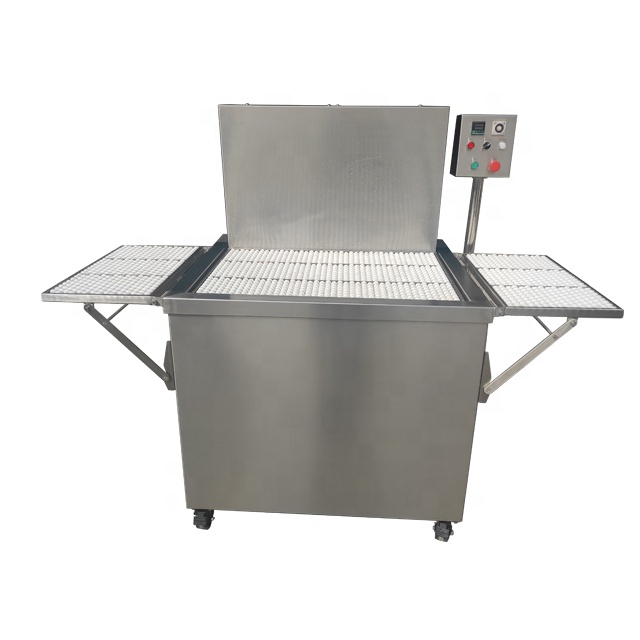Shrinking tank tops can be a simple process if you know the right techniques. Whether you've bought a tank top that's too big or want to customize your wardrobe, learning how to shrink tank tops effectively is essential. In this article, you will discover step-by-step methods to achieve the perfect fit without damaging your favorite clothes.
Many people struggle with oversized tank tops that don't flatter their body shape. Instead of returning the item or throwing it away, you can try shrinking it at home. With the right approach, you can save money and make the most out of your clothing purchases.
This guide will walk you through various methods, including washing techniques, temperature control, and drying tips. By the end, you'll have the confidence to shrink tank tops safely and efficiently. Let's dive into the details!
Read also:Ultimate Guide To Over The Knee Heel Boots Style Comfort And Confidence
Table of Contents
- Understanding the Fabric Types
- Effective Methods to Shrink Tank Tops
- Using the Washing Machine
- Hand Washing Techniques
- Drying Tank Tops in a Dryer
- Controlling Temperature for Shrinkage
- Precautions to Avoid Damage
- Additional Tips for Success
- Frequently Asked Questions
- Conclusion
Understanding the Fabric Types
Before attempting to shrink your tank tops, it's crucial to understand the fabric composition. Different materials respond differently to heat and water. Below are the most common fabrics used in tank tops:
- Cotton: Cotton is one of the easiest materials to shrink due to its natural fibers. It tends to shrink when exposed to high heat.
- Polyester: Polyester is a synthetic material that resists shrinking. However, it can shrink under extreme heat conditions.
- Rayon: Rayon is delicate and may stretch or shrink unpredictably. Handle it with care.
- Blends: Fabric blends, such as cotton-polyester, may shrink slightly but not as much as pure cotton.
Identifying the fabric type of your tank top is the first step toward successful shrinking. Check the care label for detailed information.
Effective Methods to Shrink Tank Tops
There are several methods to shrink tank tops effectively. The key is to choose the right technique based on the fabric type and desired shrinkage level. Below, we will explore the most popular methods:
Using the Washing Machine
The washing machine is a convenient tool for shrinking tank tops. Follow these steps:
- Turn the tank top inside out to protect the outer fabric.
- Select a hot water cycle on your washing machine.
- Use a mild detergent to avoid harsh chemicals.
- Run the tank top through a full cycle.
This method is particularly effective for cotton tank tops. However, be cautious with delicate fabrics like rayon or silk.
Hand Washing Techniques
Hand washing is a gentler option for shrinking tank tops, especially for delicate materials. Here's how to do it:
Read also:Good But Affordable Makeup Brushes Elevate Your Beauty Routine Without Breaking The Bank
- Fill a basin with hot water.
- Add a small amount of detergent and mix well.
- Submerge the tank top in the water and gently agitate it.
- Let it soak for 15-20 minutes.
- Rinse thoroughly with cold water.
Hand washing allows you to control the process more precisely, reducing the risk of damage.
Drying Tank Tops in a Dryer
Using a dryer is one of the most effective ways to shrink tank tops. Here's how to do it:
- Place the washed tank top in the dryer.
- Select the highest heat setting available.
- Run the dryer for a full cycle.
- Check the size after drying. If necessary, repeat the process.
High heat is essential for shrinking natural fibers like cotton. For synthetic blends, use a lower heat setting to avoid melting the fabric.
Controlling Temperature for Shrinkage
Temperature plays a critical role in the shrinking process. Here are some tips for controlling heat:
- Hot Water: Use hot water during washing to initiate shrinkage.
- High Heat Drying: Set your dryer to high heat for maximum shrinkage.
- Gradual Heat: For delicate fabrics, gradually increase the heat to avoid damage.
Always test a small area first to ensure the fabric can handle the heat without adverse effects.
Precautions to Avoid Damage
While shrinking tank tops, it's important to take precautions to avoid damaging the fabric. Follow these guidelines:
- Avoid using bleach or harsh chemicals, as they can weaken the fibers.
- Do not expose synthetic fabrics to excessive heat, as they may melt or warp.
- Check the care label for specific instructions on washing and drying.
- Monitor the shrinking process closely to prevent over-shrinking.
By taking these precautions, you can ensure your tank tops shrink evenly and maintain their quality.
Additional Tips for Success
Here are some additional tips to help you shrink tank tops successfully:
- Stretch While Drying: Gently stretch the tank top while it's still damp to control the shape.
- Use a Steam Iron: After drying, use a steam iron on a low setting to smooth out wrinkles.
- Repeat if Necessary: If the tank top hasn't shrunk enough, repeat the process until you achieve the desired size.
- Store Properly: Fold or hang the tank top to prevent stretching during storage.
These tips will help you achieve the perfect fit while maintaining the quality of your tank tops.
Frequently Asked Questions
Can I shrink a polyester tank top?
While polyester is resistant to shrinking, it can shrink under extreme heat. Use caution and test a small area first.
How much will a cotton tank top shrink?
Cotton tank tops can shrink by 5-10% when exposed to hot water and high heat drying. The exact amount depends on the fabric blend and washing conditions.
Is it safe to use a dryer for shrinking?
Yes, using a dryer is safe for shrinking tank tops, especially those made from natural fibers. However, always check the care label for specific instructions.
Conclusion
Shrinking tank tops can be a simple and effective way to achieve the perfect fit. By understanding the fabric type, using the right techniques, and taking necessary precautions, you can safely shrink your tank tops at home. Remember to follow the care label instructions and test a small area before proceeding.
We encourage you to try these methods and share your results in the comments section below. If you found this guide helpful, please share it with your friends and family. For more tips on clothing care and maintenance, explore our other articles on the website.
Stay informed and keep your wardrobe in top shape!


